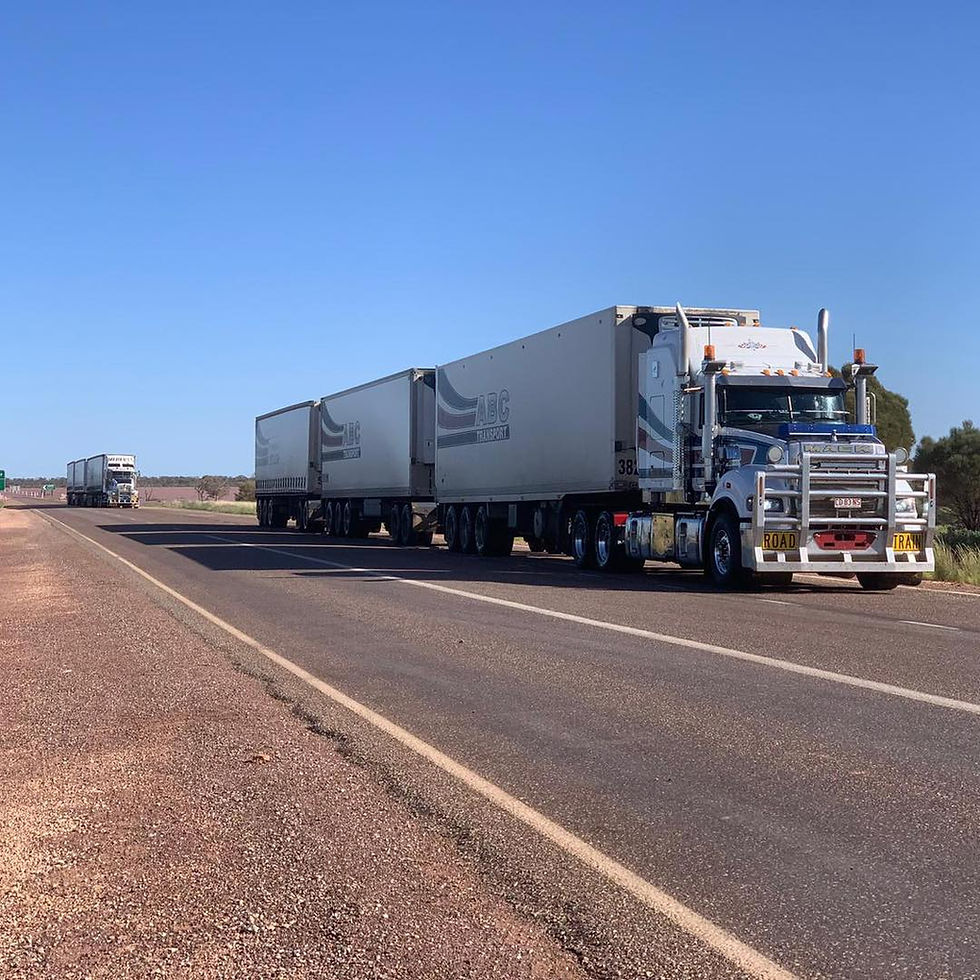What is happening to the iron ore price?
- John McDonnell
- Sep 26, 2021
- 3 min read

Last May the iron ore price broke through $200 and Australia and Western Australia were riding high. Last week the price had fallen through the $100 mark and wiped $2 billion of the WA surplus and the question is, how low will it go?
David Uren has prepared a report for the Australian Strategic Policy Institute on the future iron ore price that predicts that it could fall as far as $20. Uren makes this prediction despite the fact that Chinese demand for Australian iron ore remains strong. China is about to open 18 more blast furnaces whose output will exceed the whole output of Germany.
However, Uren argues that this increase in steel production could promote a coercive reaction by the central government if there is a steel glut.
At the moment, the Chinese government has moved to slow steel production for two reasons: curtailment of high density dwelling construction, which at the moment are the main target for Chinese investors; and in a move to clean the atmospheric environment prior to the winter Olympics in 2022. This has caused the current price fall.
Uren makes the point that Australia is a price maker when it comes to iron ore. This is because Australia is only 7,500 kilometres from Chinese ports whereas our biggest competitor, Brazil, is 20,000 km away. We are also the most efficient producer in the world. We, therefore, set the benchmark when it comes to price and quality.
On the other hand, China wants to teach Australia a lesson about geostrategic choices by imposing coercive trade restraints against Australian exports. So far, this has had little effect so Chinese authorities want to limit the iron ore trade with Australia as a punitive measure.
However, there are countervailing pressures within China. Foremost among these is the Chinese military who is a huge consumer of steel. Ironically, from the Australian Strategic Policy Institute’s perspective, large quantities of Australian iron ore and coking coal are used to produce steel to be used in Chinese military equipment. Given that the Chinese navy is adding the equivalent of the whole British fleet each year there is a lot of Australian iron ore and coal that is being used to build ships and submarines to threaten us.
It is likely that these forces will continue to demand steel made with Australian iron ore, but the question still is, where will the price stabilise?
The Chinese share of world steel production has risen from 12 per cent to 57 per cent over the last five years. The use of Australian iron ore to produce this much steel is inconsistent with President Xi Jinping’s call for greater self-reliance. This has led to commands that Chinese steel producers use more Chinese coal and iron ore from countries like Brazil.
In the circumstances, commodities forecasters are predicting that the price will settle around $80 a tonne with a fall in volumes. This is still $25 above the price used for Treasury budget forecasts, so the Treasury will still see a significant reduction in the deficit. On the other hand, the WA budget surplus will be significantly reduced.
David Uren suggests that there are two possible scenarios for the iron ore price. The first envisages an increase in demand for iron ore from India and South Korea, a decrease in demand from China and an increase in supply from Brazil and Africa. In this case, the price will be between $50 and $70. Alternatively, China could cut its demand significantly and Brazil and Africa could increase their supplies. In this case, the price could fall to between $20 and $30.
If the price fell this low, it is likely that Australia would be the only supplier that could provide iron ore and still make a profit.






Comments